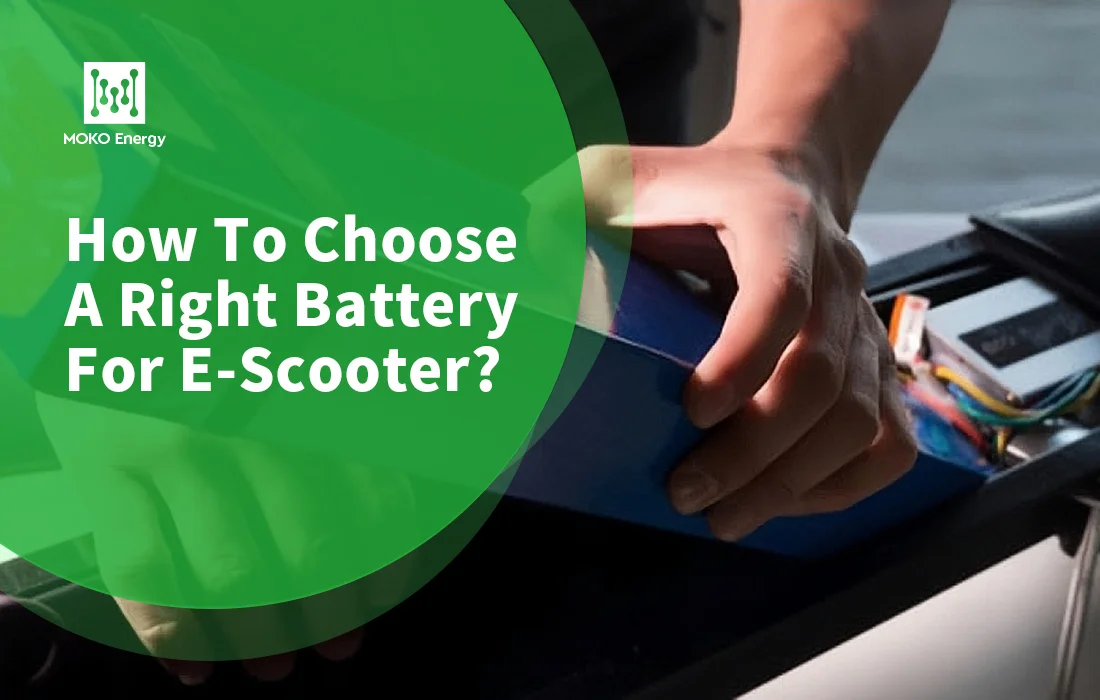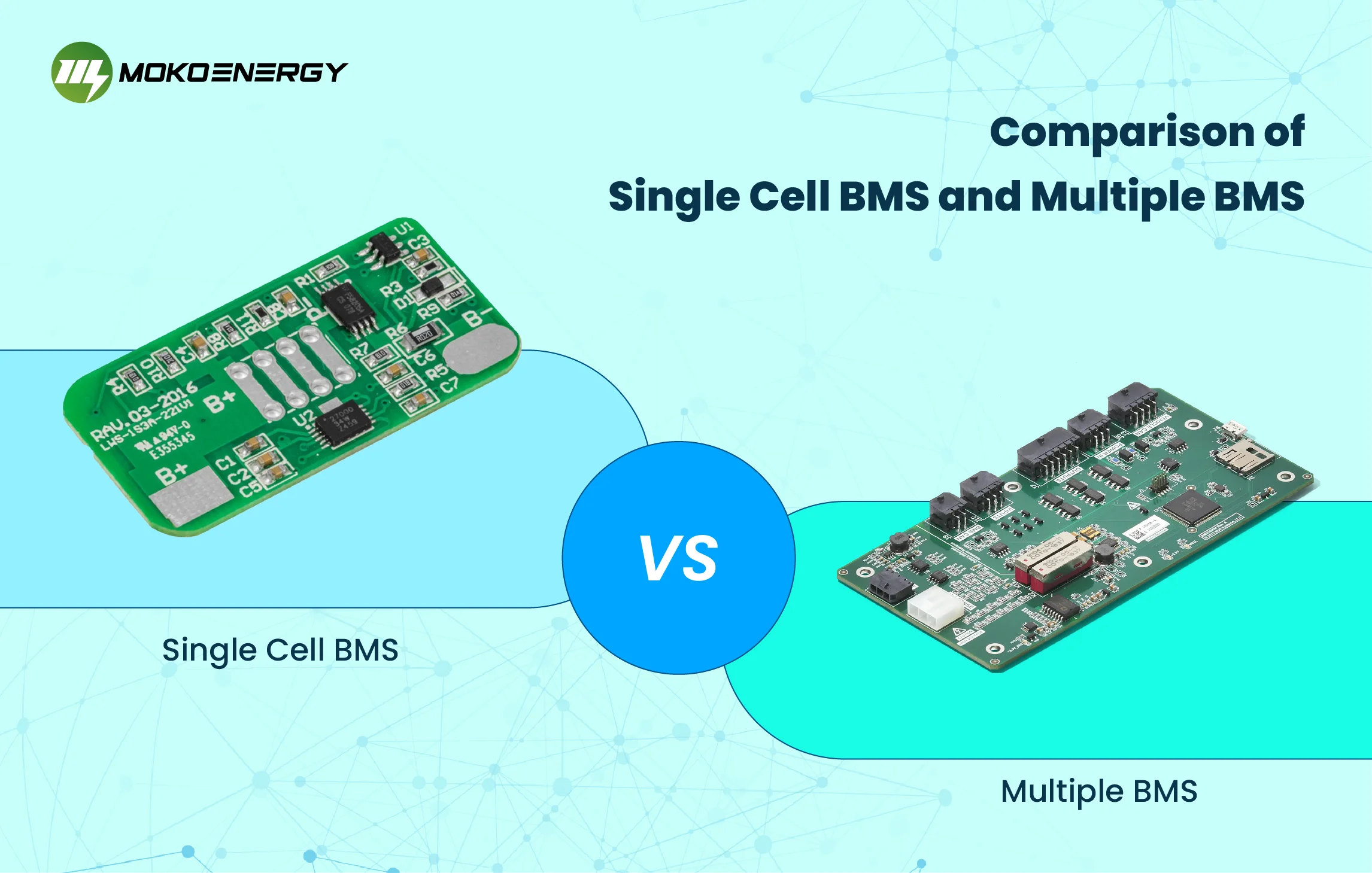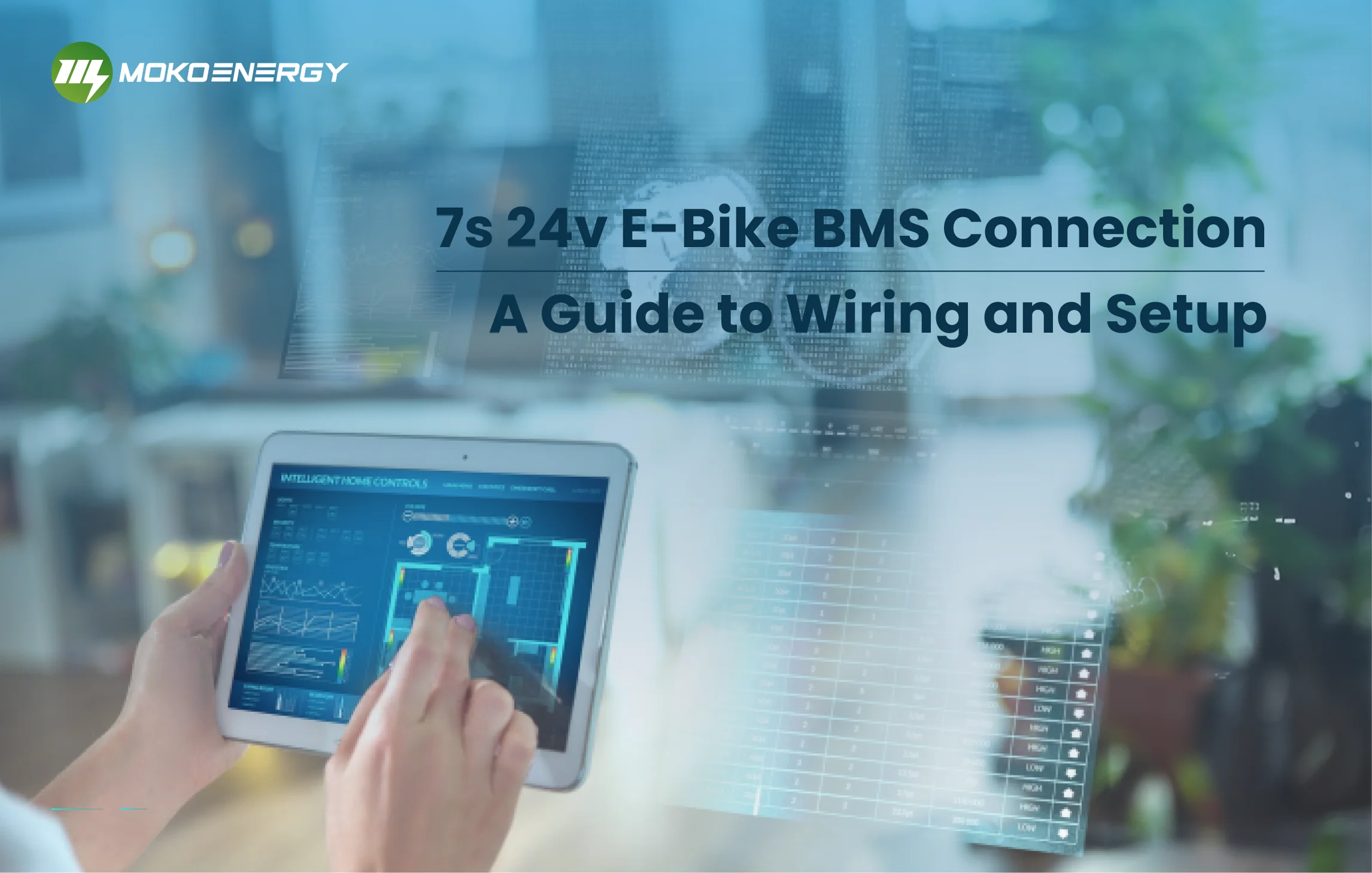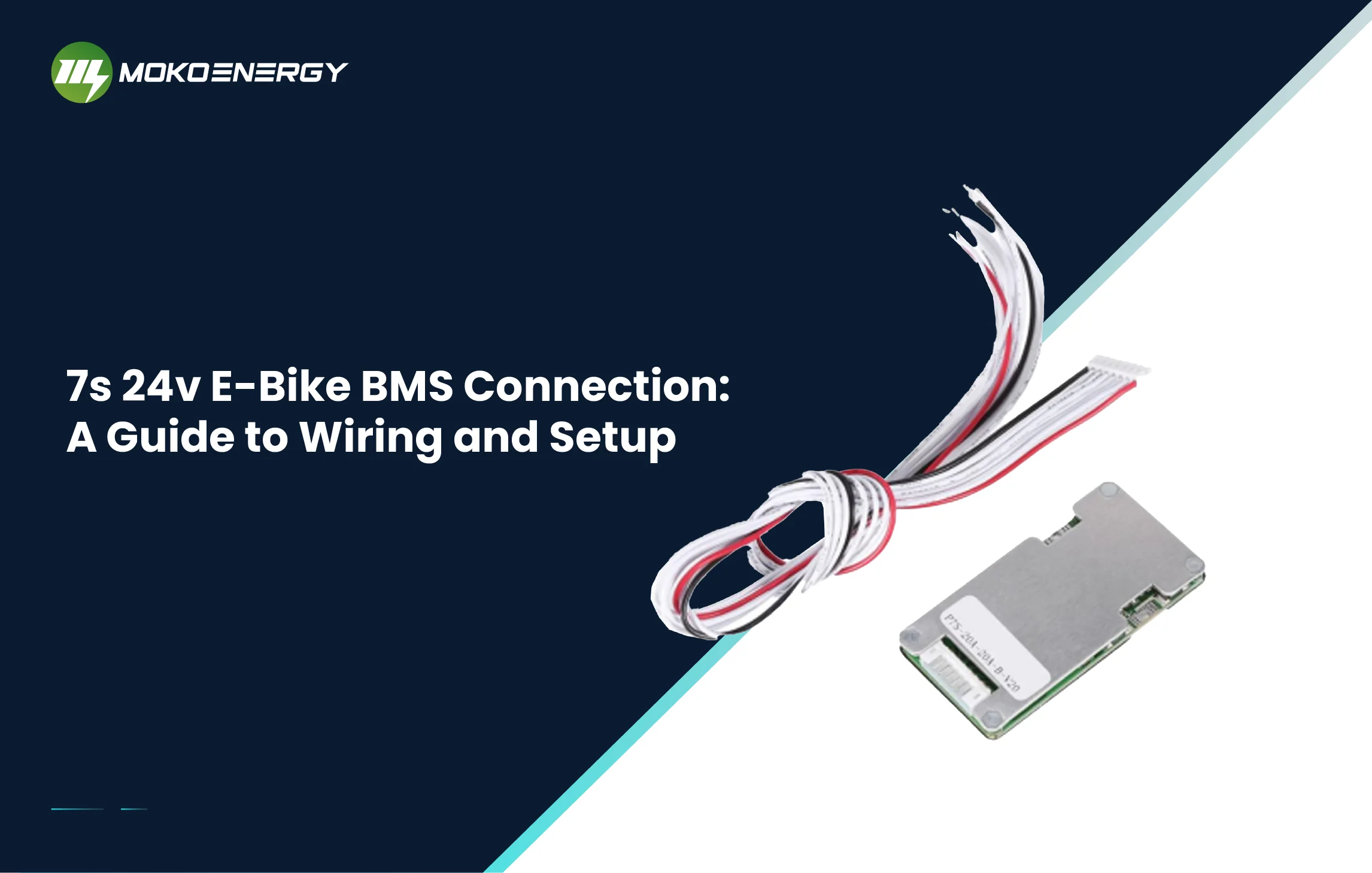The battery is an important part of the electric scooter. Its goodness not only determines the range of the electric scooter but also affects the service life of the scooter. Therefore, you need to consider various factors when choosing a battery. We will explain how to choose the right battery for e-scooter from the following key factors today:
- Battery types
- Battery capacity
- Size and weight
- Battery cycle life and durability
With these few key points, I am sure you will be clear on how to choose.
Types of Battery for E-scooter
The first step to consider is to identify the type of electric scooter you own. Different models may necessitate specific battery types, such as lithium-ion (Li-ion), lead acid, or NiMH. Moreover, distinctions arise in power sources, with some scooters featuring integrated rechargeable batteries, while others rely on external battery units. Precisely adhering to the manufacturer’s specifications is crucial in this regard.
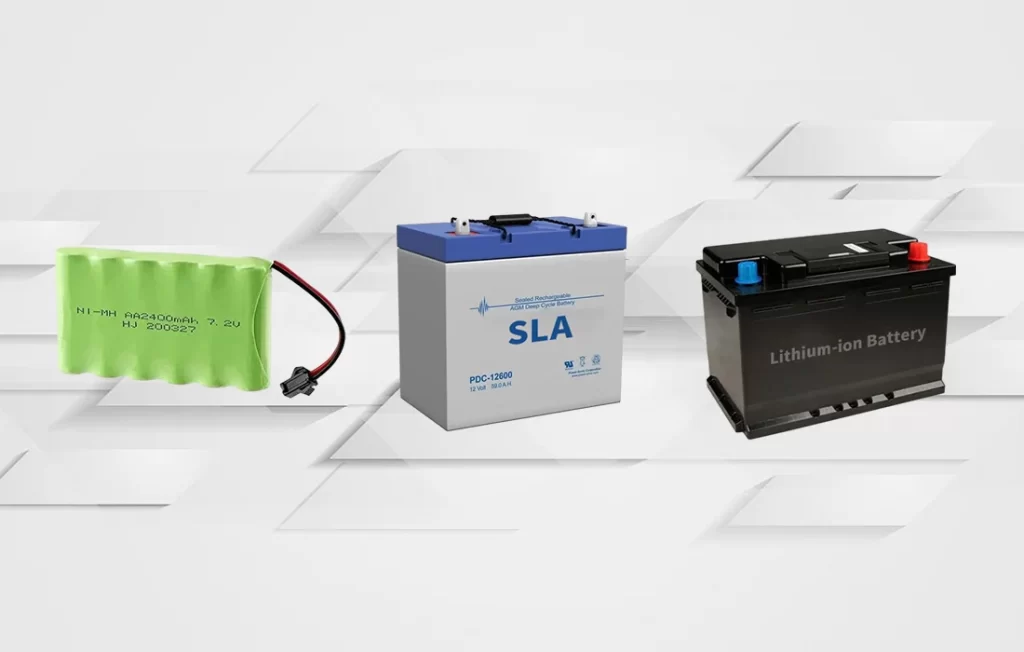
1. Lithium-ion (Li-ion) Battery:
Chemistry: Lithium-ion batteries employ lithium ions as the primary charge carriers, shuttling between the anode and cathode throughout the charging and discharging processes.
Construction: The typical construction includes a lithium cobalt oxide (LiCoO2) or other lithium-based compound as the positive electrode, a graphite anode, and a lithium electrolyte.
2. Sealed Lead-Acid (SLA) Battery:
Chemistry: SLA batteries use lead and sulfuric acid as their primary components.
Construction: Typically, they are built using lead dioxide for the positive plate, sponge lead for the negative plate, and a sulfuric acid solution as the electrolyte.
3. Nickel Metal Hydride (NiMH) Battery:
Chemistry: NiMH batteries use a combination of nickel oxide hydroxide and metal hydride as their positive and negative electrodes, respectively.
Construction: The positive electrode is typically made of nickel oxyhydroxide, the negative electrode consists of a hydrogen-absorbing alloy, and the electrolyte is an alkaline solution.
Comparison of These 3 Types of Battery
Battery Types | Pros | Cons |
Sealed Lead-Acid (SLA) Battery | Cost-Effective: SLA batteries are relatively cheaper than other types, making them an economical choice. Robust and Reliable: They can withstand a range of environmental conditions and provide a steady output, making them suitable for basic electric scooter applications. | Weight: SLA batteries are heavier, which will also affect the overall weight of the electric scooter. Limited Energy Density: SLA batteries typically exhibit a lower energy density in comparison to lithium-ion batteries, leading to a reduced range per charge. |
Lithium-ion (Li-ion) Battery | High Energy Density: Li-ion batteries offer a high energy-to-weight ratio, providing a longer range for electric scooters. Lightweight: Li-ion batteries are lighter than SLA batteries, contributing to better overall scooter performance and handling. Long Cycle Life: They generally have a longer cycle life than SLA batteries, meaning they have more charge and discharge cycles. | Cost: Li-ion batteries can be more expensive upfront, although the cost has been decreasing over time. |
Nickel Metal Hydride (NiMH) Battery | Balanced Performance: NiMH batteries offer a good compromise between the cost-effectiveness of SLA batteries and the higher energy density of Li-ion batteries. Environmental Impact: NiMH batteries are less toxic than some other types, making them a more environmentally friendly option. | Lower Energy Density: While higher than SLA batteries, NiMH batteries typically have a lower energy density compared to Li-ion, resulting in a somewhat shorter range. |
Battery Capacity
Capacity rating is another key factor when determining the appropriate battery for your e-scooter. This rating signifies the amount of energy the battery can store before requiring a recharge. Generally, higher capacity ratings translate to longer rides per charge, albeit at a higher initial cost. Battery capacity, which is measured in Ah or Wh, directly relates to size. More capacity means more stored energy and range per charge, but scooters have load limits. An oversized battery may exceed stability thresholds.
What do Ah and Wh means?
- Amp-hours (Ah) measure the amount of electric charge stored in a battery. It refers to how many amps a battery can provide over one hour. For example, a 15Ah battery can offer 15 amps for one hour before being depleted. Or it can deliver 5 amps for two hours, and so on. The higher the amp-hour rating, the more total electric charge the battery contains.
- Watt-hours (Wh) measure total electrical energy storage capacity. It is calculated by multiplying a battery’s voltage by its amp-hour rating. For example, a 36-volt battery rated at 10 amp-hours has 360 watt-hours (36 x 10 = 360Wh). This means it can deliver 360 watts of power for one hour. Or 180 watts for two hours, etc. Watt-hours give an energy capacity that allows comparison between batteries of different voltages. Generally, higher watt-hour batteries have greater range/runtime for a given application.
Battery Size and Weight
When choosing a battery for a scooter, size and weight are critical factors. Larger batteries enable expanded range and power, but heavier units impact maneuverability and transport. It is vital to balance performance and portability.
Additionally, weight affects convenience. Heavier batteries reduce nimbleness and prove challenging to carry via public transit or on foot due to added mass. Existing infrastructure like staircases and doorways may further complicate transport if total vehicle weight surpasses thresholds.
Battery Cycle Life and Long-term Durability
Battery cycle life and long-term durability are crucial factors to consider when choosing a battery for your e-scooter because they directly impact the overall lifespan and performance of the vehicle. Opting for a battery with a higher cycle life ensures a longer-lasting and more cost-effective solution, as frequent replacements can be both inconvenient and expensive. Long-term durability is essential to withstand the various conditions and stresses an e-scooter may encounter during its operational life, ensuring reliable and consistent performance over an extended period. Considering these factors is essential for maximizing the efficiency and sustainability of the electric scooter while minimizing the need for premature battery replacements.
Conclusion
For users prioritizing cost-effectiveness and basic performance, SLA batteries may be a suitable choice. Users seeking a compromise between performance and cost may choose NiMH batteries. However, users seeking high performance, longer range, and lighter weight may prefer the advantages offered by Li-ion batteries. The choice of battery for e-scooter depends on individual preferences, budget constraints, and the specific requirements of the electric scooter user, such as desired range, weight, and overall performance.
To optimize both performance and safety, it is imperative for individuals to thoroughly assess their specific requirements before selecting a battery model for their electric scooter. While online resources and manufacturer guidelines can aid in this process, seeking advice from knowledgeable professionals specializing in battery for e-scooter can prove invaluable, ensuring a tailored and well-informed choice based on individual circumstances. MOKOEnergy has expertise in batteries BMS, which can make us provide customized BMS solutions for electric scooter manufacturers. These solutions can ensure battery safety and performance, and extend the service life of electric scooters. Electric scooter manufacturers can contact us for more information and expand your brand to the market now.

